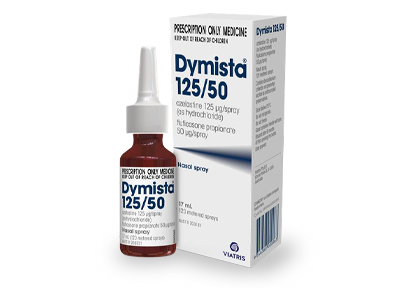Pain
Prevalence of Pain
Pain
Pain is nearly universal, contributing substantially to morbidity, mortality, disability, and health care system burdens.1,2
Pain is the most common reason for emergency department visits and is commonly encountered in primary care, other outpatient, and inpatient settings.2,3,4
Prevalence of pain in Australia1-5
One in five Australian adults are estimated to live with chronic pain (daily pain for more than three months, experienced in the last three months) . This is consistent with global burden of disease data, which show that lower back pain was the leading cause of disability globally in 2017 . Four million Australians currently live with arthritis, and this is projected to rise to million by 2030.
Some pain conditions are more prevalent in rural communities, with people outside the major cities reported to be 23% more likely to have back pain, rising to 30% for residents aged 55 to 64.
Chronic pain is even more common among Australians aged over 65, with one in three living with chronic pain. Up to 80 percent of residents of aged, cared facilities are living with persistent pain, which is often under-treated or poorly managed.
Between 25 to 35% of children and adolescents experience chronic pain.
The growing pain burden5
Chronic pain affects more than 3.24 million Australians. Painaustralia’s report, The Cost of Pain in Australia by Deloitte Access Economics, provides the most comprehensive analysis of the financial impact of chronic pain in Australia to date and it found more than 68% of people living with chronic pain are of working age. Without action, the prevalence of chronic pain will increase to 5.23 million Australians (16.9%) by 2050.
By 2032, it is projected that the number of cases of arthritis and other musculoskeletal conditions will increase by 43% to 8.7 million and affect over 30.2% of the population. Osteoarthritis is projected to affect three million people (up from 1.9 million), back problems to affect 3.8 million people (up from 2.9 million) and osteoporosis to affect 1.2 million people (up from 0.8 million).
Pain carries a significant economic cost5
The Cost of Pain report has pulled data out of the health, aging and disability sectors, to reveal the staggering cost of chronic pain to taxpayers. In 2018, this figure was $139.3 billion. This was on top of the fact that Australians paid $2.7 billion in out of pocket expenses to manage their pain, with costs to the health system in excess of $12 billion. There were estimated to be 9.9 million missed workdays due to chronic pain each year in Australia in 2006.
Chronic pain is estimated to be Australia’s third most costly health condition in terms of health expenditure, noting musculoskeletal conditions are the second most costly, and injuries the fourth (both carry a strong association with chronic pain).
References:
- Blyth FM, March LM, Brnabic AJ, Jorn LR, Williamson M, Cousins MJ. Chronic pain in Australia: A prevalence study [Internet]. Pain. 2001 Jan;89(2–3):127–34. Available from: https://www.ncbi.nlm.nih.gov/pubmed/11166468 [Last accessed 2024 Jul 21]
- Institute for Health Metrics and Evaluation (IHME). Findings from the Global Burden of Disease Study 2017 [Internet]. Seattle, WA: IHME; 2018. Available from: http://www.healthdata.org/policy-report/findings-global-burden-disease-study-2017 [Last accessed 2024 Jul 21]
- Dix P, Sandhar B, Murdoch J, et al. Pain on medical wards in a district general hospital [Internet]. Br J Anaesth. 2004 Feb;92(2):235-7. Available from: https://academic.oup.com/bja/article/92/2/235/2848740 [Last accessed 2024 Jul 21]
- Cordell WH, Keene KK, Giles BK, et al. The high prevalence of pain in emergency medical care [Internet]. Am J Emerg Med. 2002 May;20(3):165-9. Available from: https://www.ajemjournal.com/article/S0735-6757(02)11122-2/fulltext [Last accessed 2024 Jul 21]
- Australian Government Department of Health. The National Strategic Action Plan for Pain Management [Internet]. Canberra (AU): Australian Government Department of Health; 2019. Available from: https://www.health.gov.au/resources/publications/the-national-strategic-action-plan-for-pain-management?language=en [Last accessed 2024 Jul 21]
AU-CELE-2024-00010. July 2025.
